Structural Design Patterns in Java
Introduction
In object-oriented programming, designing complex systems often involves combining multiple classes and objects into larger structures. While Creational Design Patterns focus on how objects are created, Structural Design Patterns focus on how classes and objects are composed to form larger structures.
Structural patterns help developers simplify relationships between objects, promote code reusability, and maintain flexibility in the system’s architecture.
Think of it like building blocks in construction: just as bricks, beams, and panels are arranged to create a building, structural patterns define how objects can be combined to form larger, coherent systems.
What are Structural Design Patterns?
A Structural Design Pattern provides a mechanism to compose classes and objects into larger structures while keeping them flexible and easy to maintain. They define how objects relate to each other so that the system is scalable and extensible.
These patterns are particularly useful in scenarios where:
- You need to adapt incompatible interfaces.
- You want to reduce the overhead of creating too many objects.
- You need a simplified interface for a complex subsystem.
- You want to dynamically add responsibilities to objects.
Example of Structural Design Patterns
Consider a media player application:
- You have different audio and video file formats.
- You need to support legacy formats and new formats.
- You want to allow dynamic addition of features like subtitles or equalizers.
Structural design patterns such as Adapter, Decorator, and Facade help organize these relationships effectively.
Types of Structural Design Patterns
The Gang of Four (GoF) identified seven key structural design patterns:
1. Adapter Pattern
- Purpose: Allows incompatible interfaces to work together by acting as a bridge.
- Use case: Integrating a legacy API with a modern system.
2. Bridge Pattern
- Purpose: Decouples abstraction from implementation so that both can vary independently.
- Use case: Supporting multiple themes or rendering engines in a graphics application.
3. Composite Pattern
- Purpose: Lets clients treat individual objects and compositions of objects uniformly.
- Use case: Representing tree structures like folders containing files and other folders.
4. Decorator Pattern
- Purpose: Dynamically adds behavior to an object without modifying its structure.
- Use case: Adding optional features to a GUI component or a beverage order system.
5. Facade Pattern
- Purpose: Provides a simplified interface to a complex subsystem.
- Use case: A single entry point for multiple subsystems in a computer startup sequence.
6. Flyweight Pattern
- Purpose: Minimizes memory usage by sharing objects with similar states.
- Use case: A text editor sharing character objects or a game sharing tree objects.
7. Proxy Pattern
- Purpose: Provides a placeholder for another object to control access to it.
- Use case: Remote proxies for distributed systems, lazy-loading images, or access control.
Benefits of Structural Design Patterns
- Reusability: Promote the use of existing classes by composing them into more complex structures.
- Flexibility: Decouples abstraction from implementation, allowing easy modifications.
- Maintainability: Simplifies system design and makes it easier to understand complex relationships.
- Scalability: Helps systems grow without changing the core logic of existing classes.
- Dynamic Behavior: Patterns like Decorator allow extending functionality at runtime.
Challenges of Structural Design Patterns
- Complexity: Overuse can make the system more complicated than necessary.
- Extra Layers: Adding adapters, proxies, or decorators introduces additional layers of abstraction.
- Learning Curve: Beginners may find understanding relationships and compositions challenging.
- Debugging Difficulty: Tracing through multiple layers of abstraction can be harder.
Key Takeaways
Structural design patterns form the backbone of flexible, maintainable, and scalable systems in Java. They are essential when building applications with complex relationships between objects, dynamic behaviors, or multiple subsystems.
By understanding Adapter, Bridge, Composite, Decorator, Facade, Flyweight, and Proxy, developers can design software that is both robust and elegant.
Next Step: Each of these patterns will be explored in detail in individual blogs, including:
- Custom Java implementations.
- Step-by-step explanations.
- Real-world analogies.
- Advantages and disadvantages.
This approach ensures that no detail is missed and that you can implement these patterns effectively in your Java projects.
 (9).png)
 (17).png)
.png)
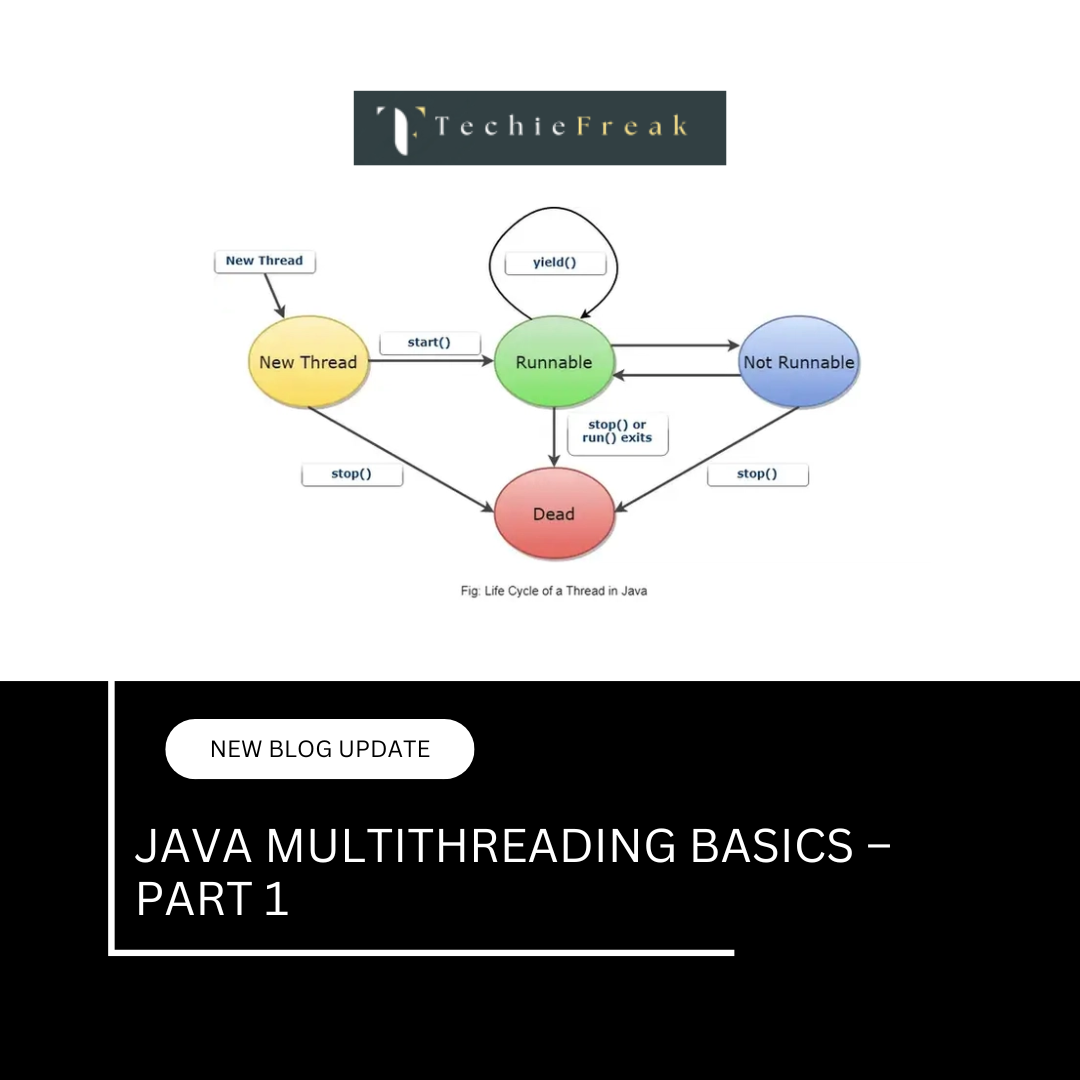
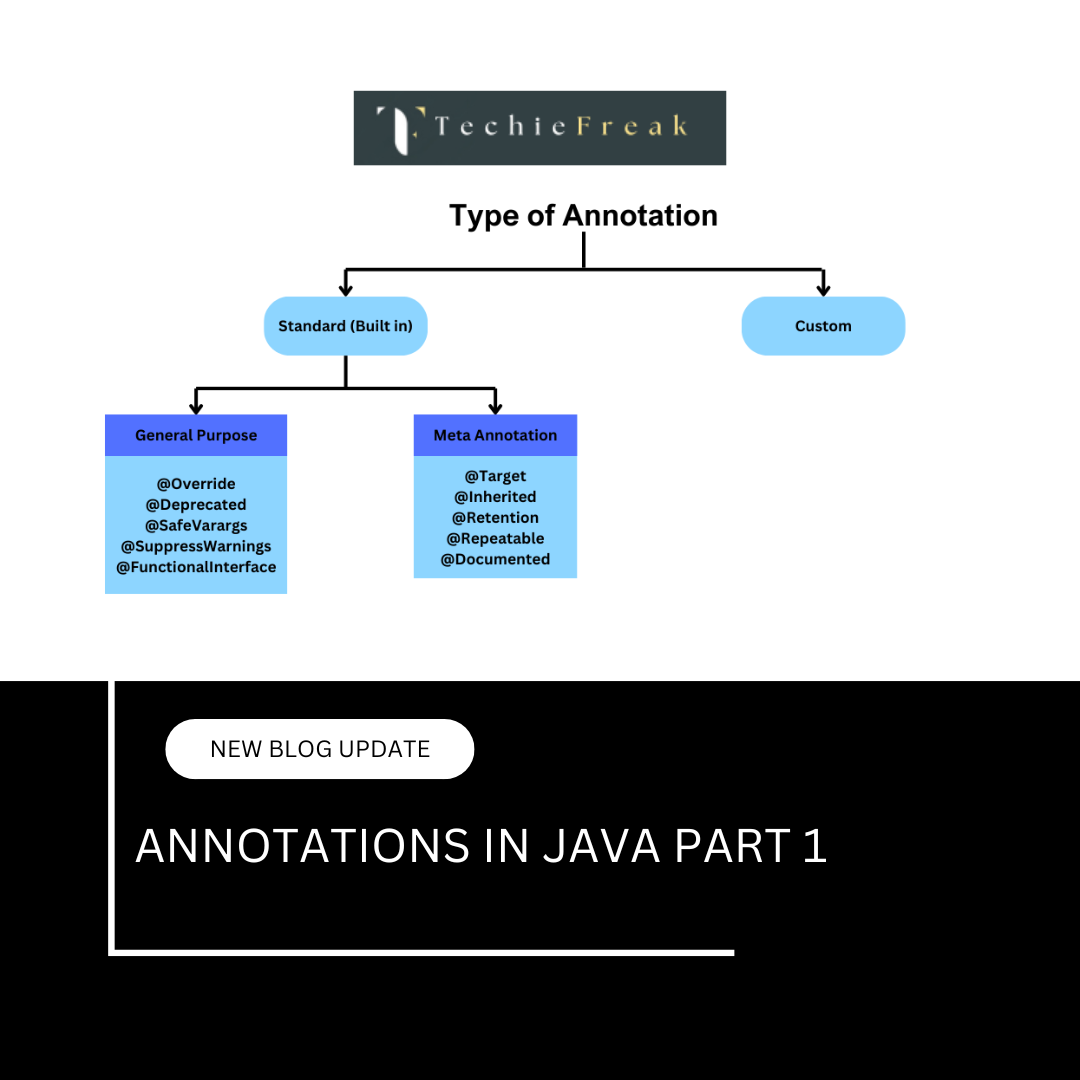
 (18).png)
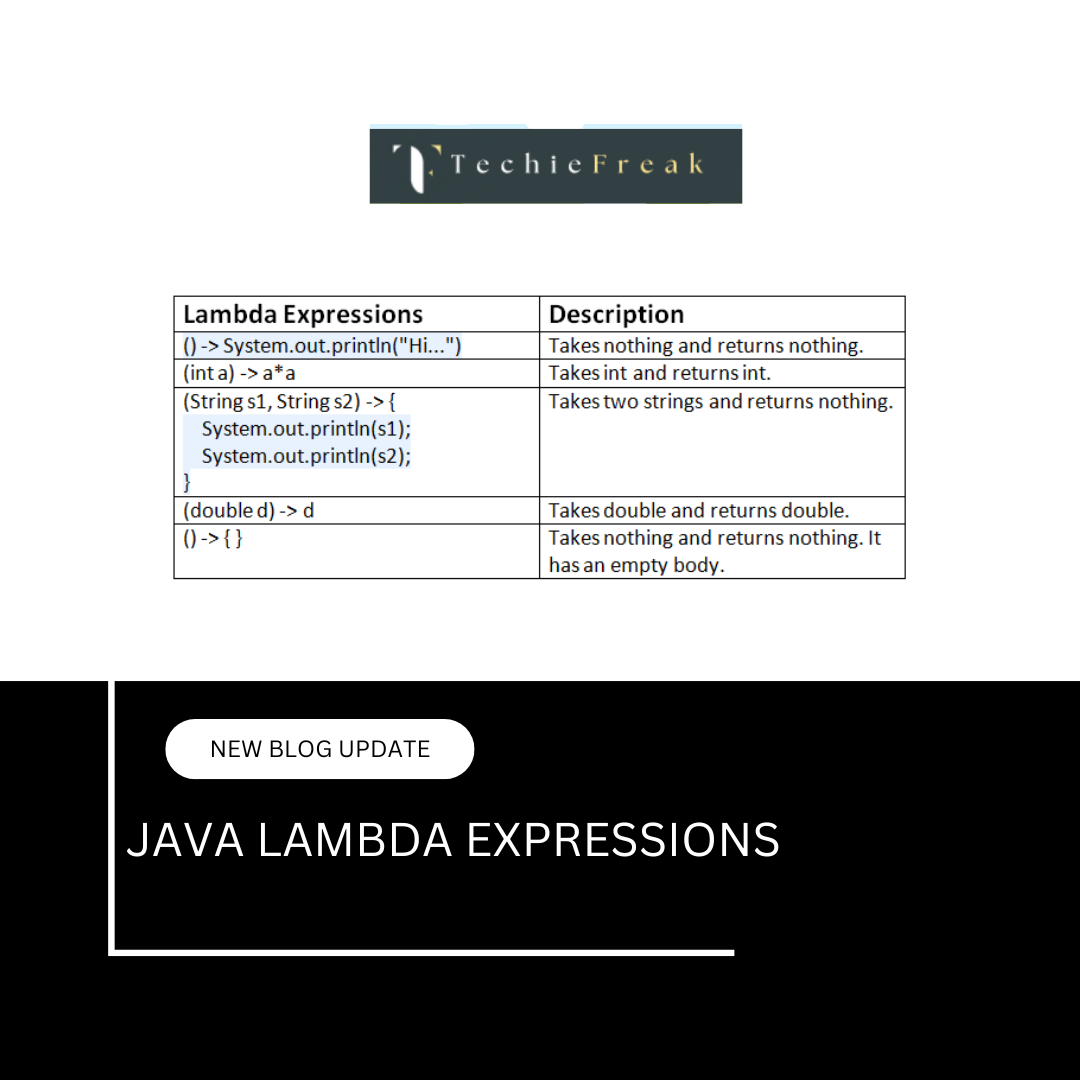
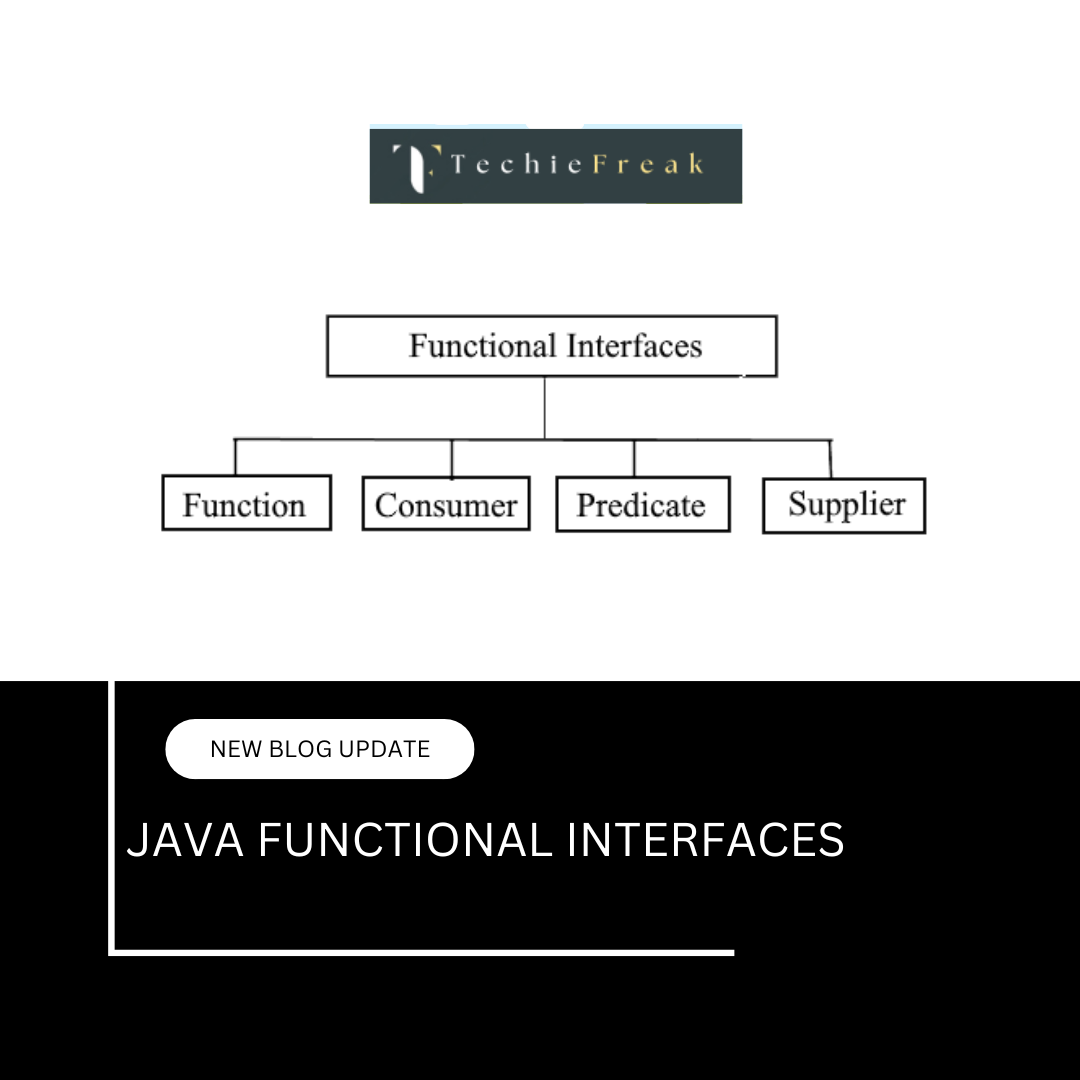
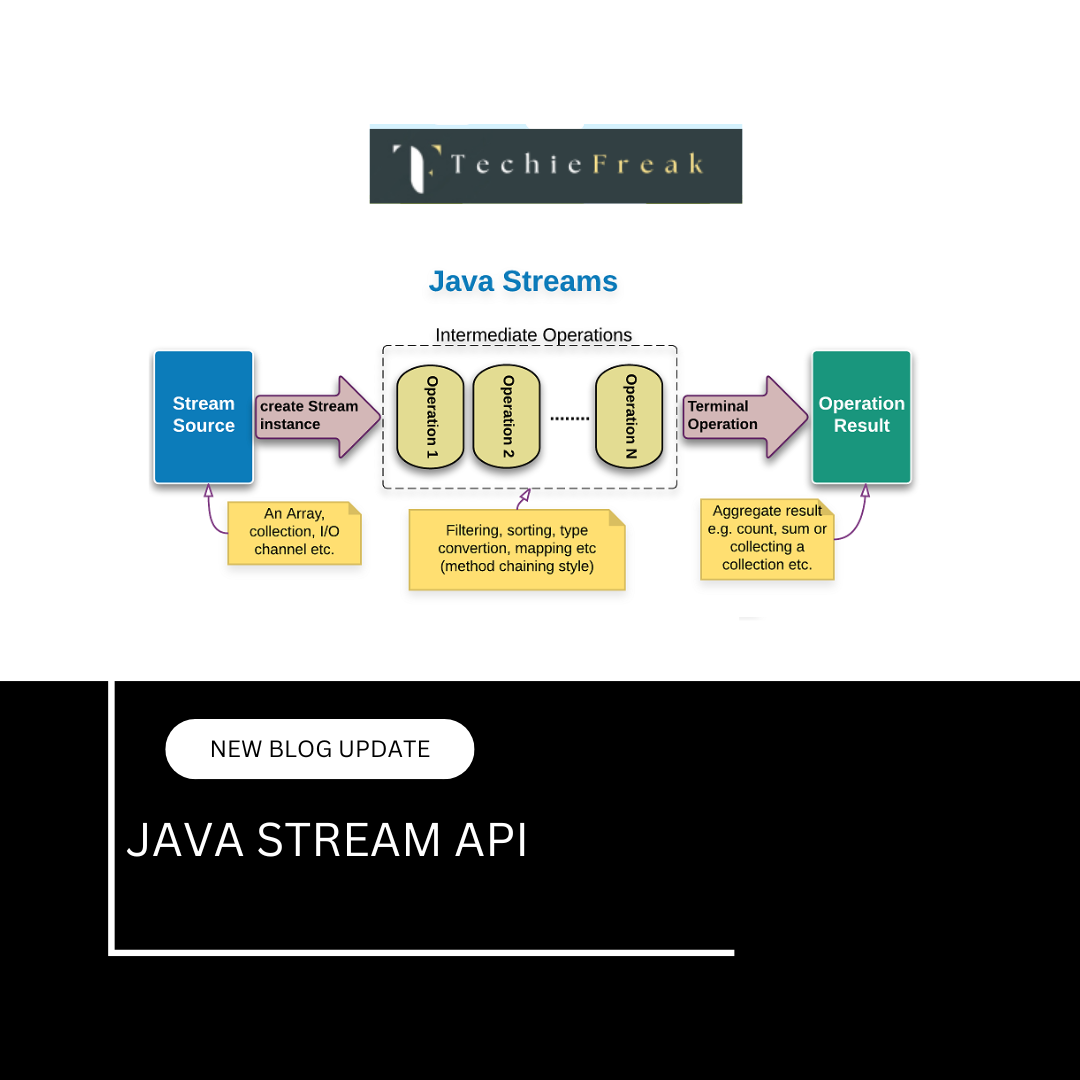
.png)
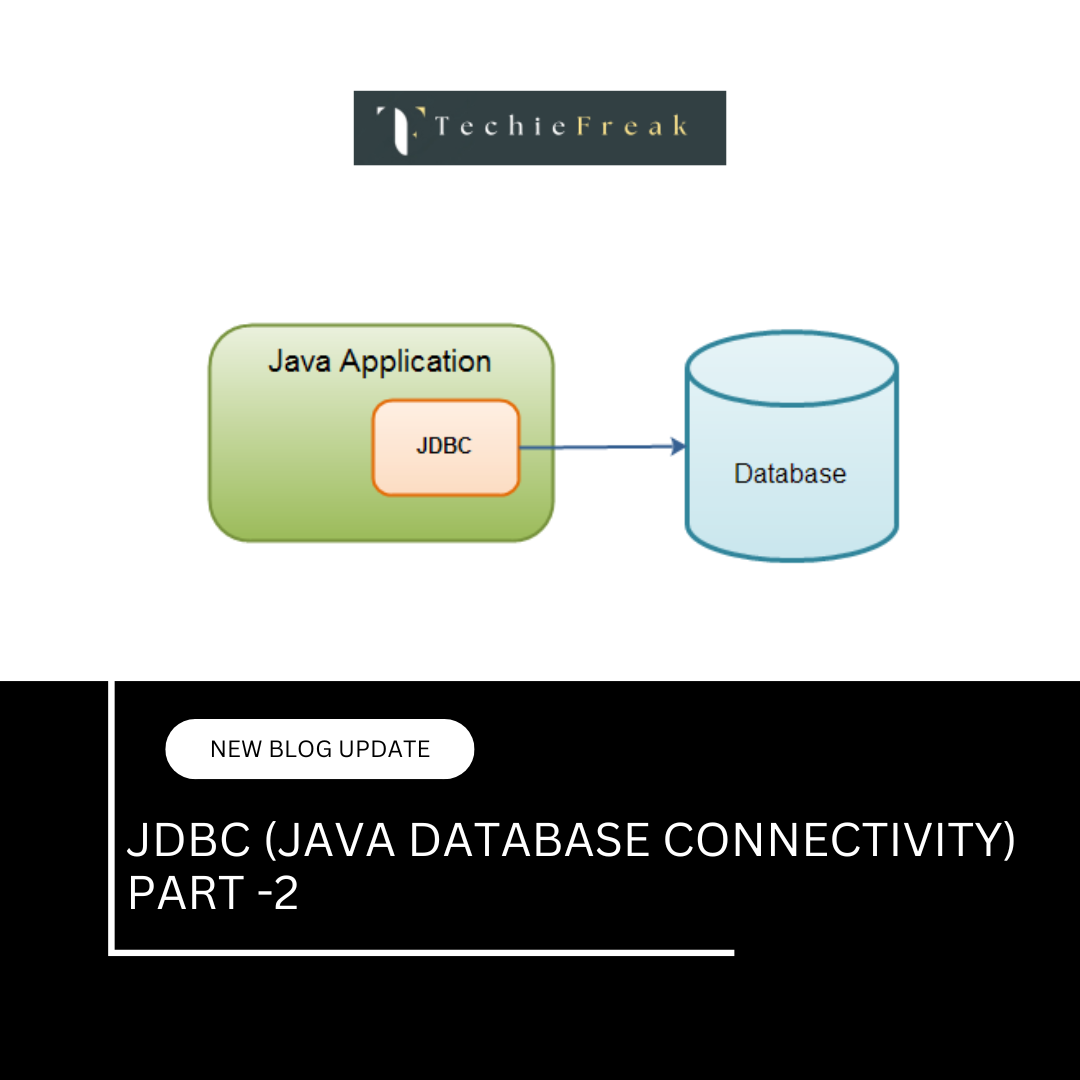
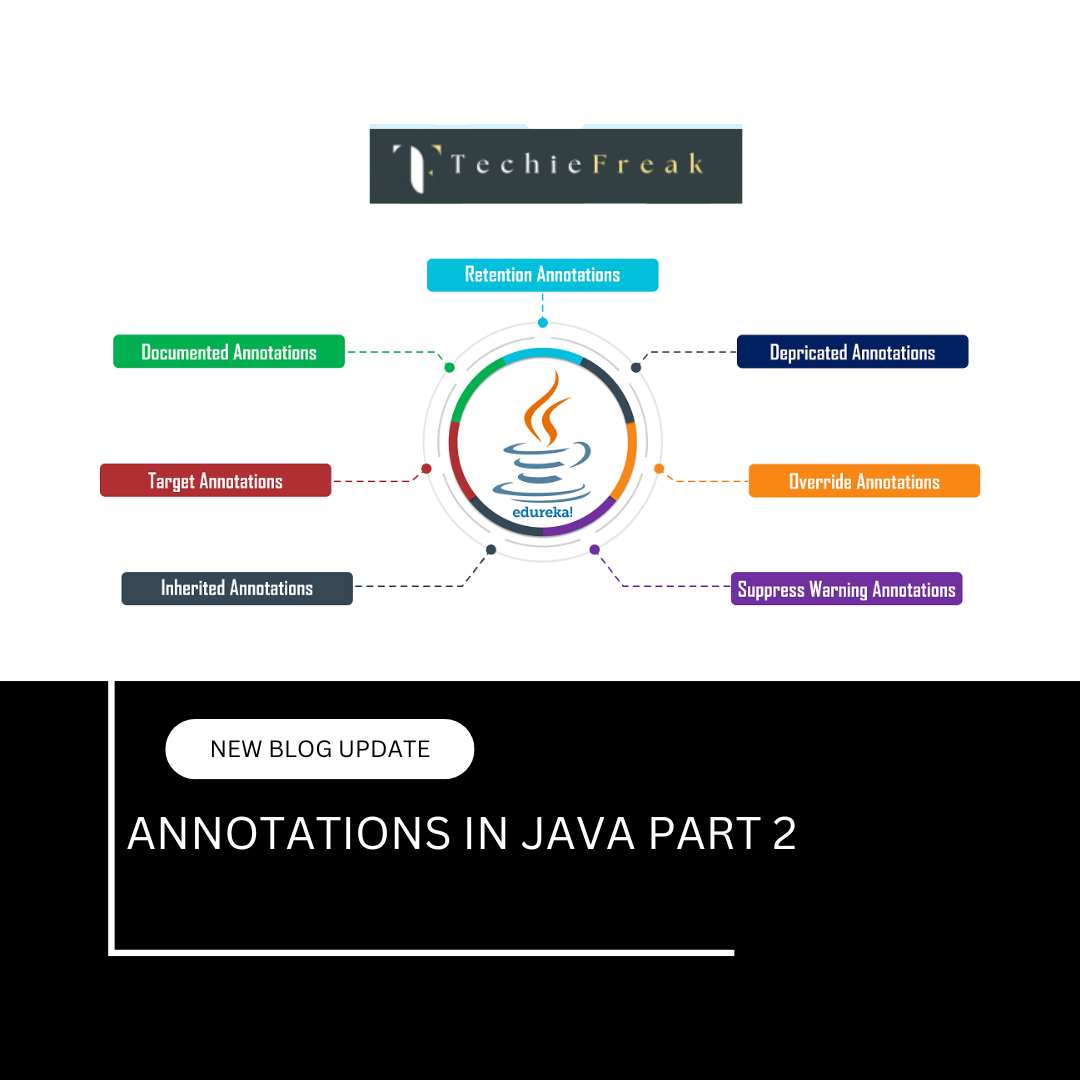
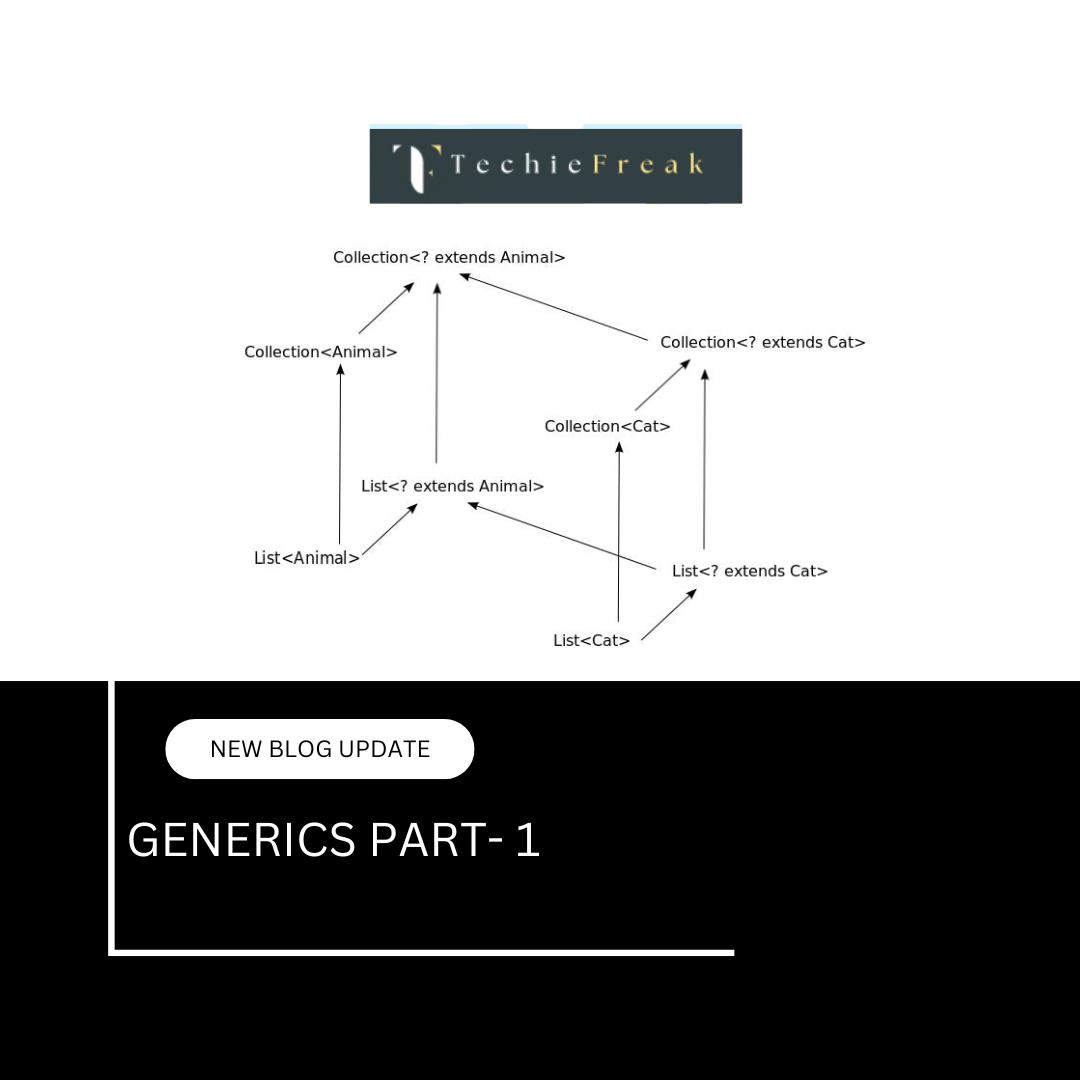
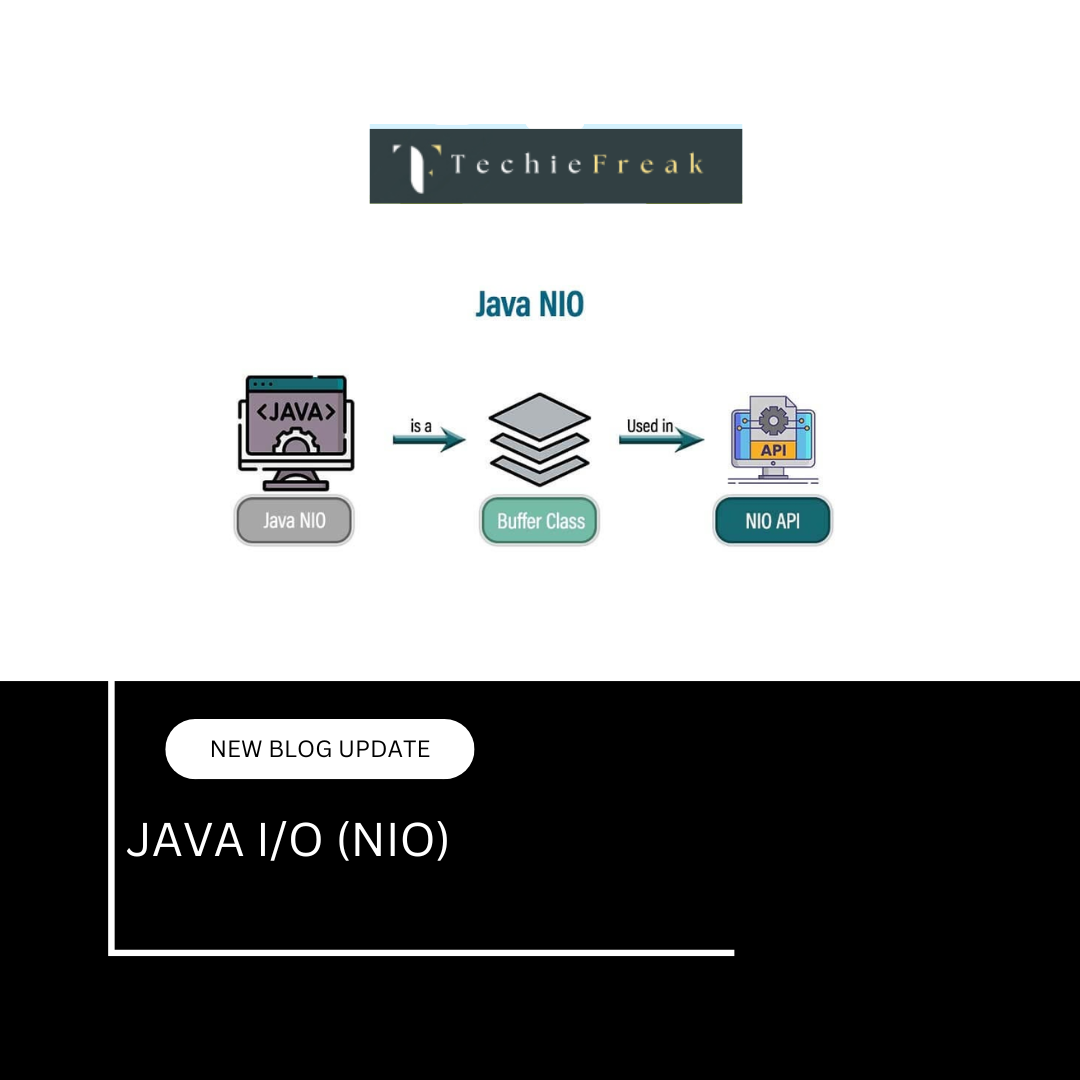
.png)
 (1).png)
 (2).png)
 (3).png)
 (4).png)
 (5).png)
 (6).png)
 (7).png)
 (10).png)
 (8).png)
 (10).png)
 (12).png)
 (13).png)
 (13).png)
 (15).png)
 (16).png)
 (19).png)
 (20).png)
 (21).png)
 (22).png)
 (23).png)
 (24).png)
 (25).png)
 (26).png)
 (27).png)
 (28).png)
 (29).png)
 (30).png)

 (31).png)
 (32).png)
 (33).png)
 (34).png)
 (35).png)
 (36).png)
 (37).png)
 (38).png)
 (39).png)
